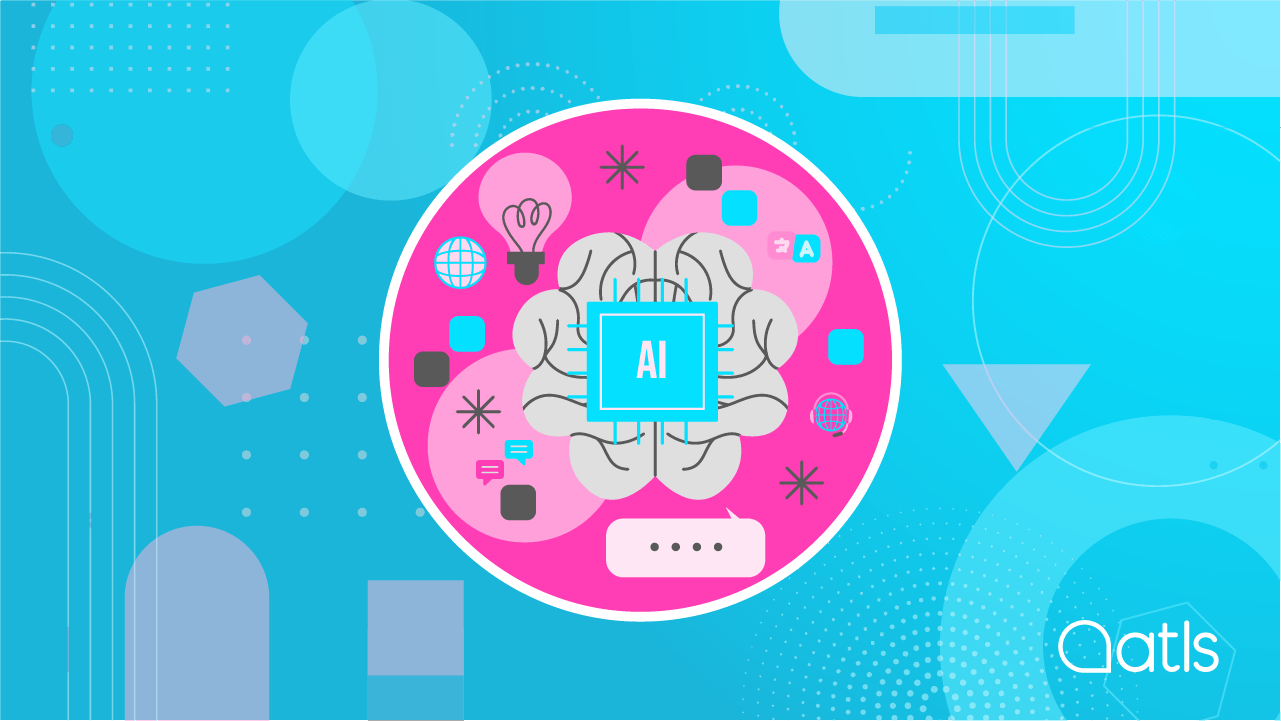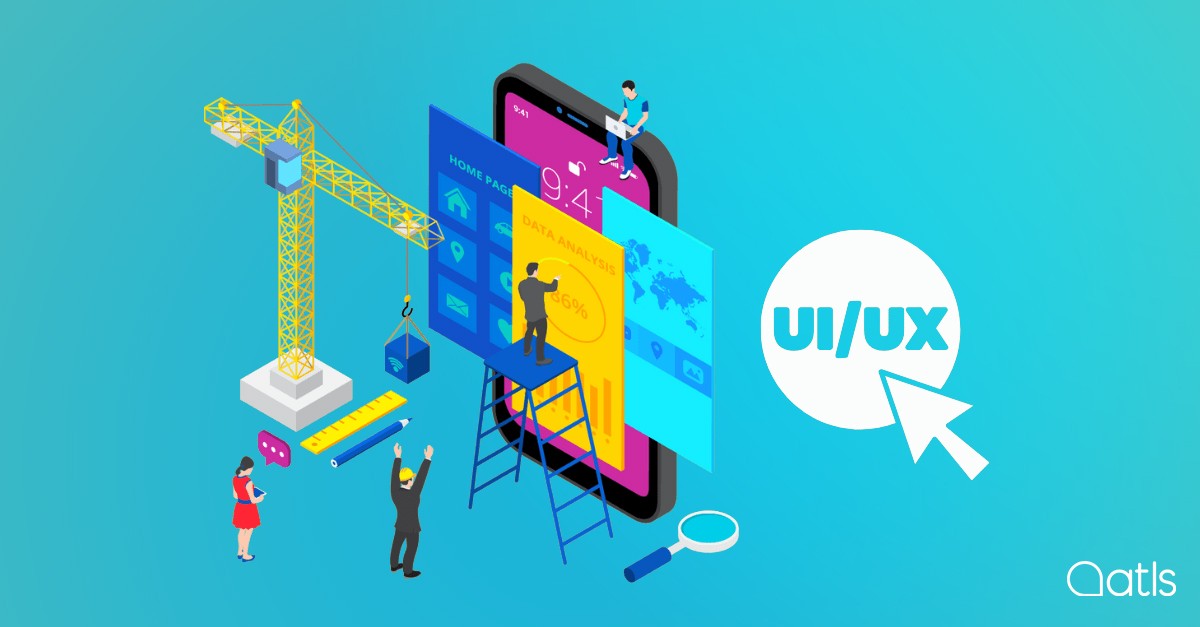Languages and artificial intelligence

Neural machine translation is a technology based on artificial neural networks. There have been some major advances in recent years thanks to artificial intelligence and, in the last few years, it has become capable of serving as a basis for some professional translations. It's no secret that technology is advancing rapidly, and every new development is more surprising than the last. As with other sectors, technological advancements also affect the world of translation.
So, what is neural machine translation?
Automatic neural translation allows millions of words to be translated in real time with a precision and reliability that approaches human output. It is a translation system created via a large artificial neural network that imitates human learning, currently known as ‘machine learning’.
The machine, like the human brain, is now able to produce a reliable translation but is also learning the language, which allows it to constantly improve the quality of its translations. To increase the quality, neural translation engines are always fuelled by humans. In other words, our specialists in neural machine translation provide these motors with a large volume of quality data (words, sentences or fragments thereof and other texts which have already been translated by professionals) in order to improve the reliability and accuracy of the results.
The great competitive advantage of neural machine translation is that we can train the engines to meet the specific needs of a sector (literary translation, financial translation, legal translation, etc.) or for the content of a specific client with a specific vocabulary.
In just a few years, ATLS has become one of the main protagonists in the creation of neural machine translation engines, with a particular focus on legal and financial translation: these motors are adapted to the specific terminology of each client.
The use of artificial intelligence to train neural motors
Thanks to artificial intelligence, previous translations, trial and error and correct data, the machine evolves and enhances its code, enabling the same rules to be applied to future translations.
This means that, through the use of a specific translation artificial intelligence system for an extended period of time, the system could get close to (but never replace) the quality of a human translator. Although human translation and machine translation have long been on opposite ends of the spectrum, the time has come for them to work together. However, as the Managing Director of DeepL, Gereon Frahling, says: “We expect this symbiosis between machine ad translator to happen within a few years, but we can't be sure yet. Sometimes, however, the context is not enough: human translators translate according to the client's requirements, the public to which the translation is intended, the field of the speciality, the purpose of the translation or a product, a specific register, the age of the target audience, etc. These are details that a neural network cannot take into account" and, maybe, never will.
At ATLS, we work on providing our customers with the best neural machine translation solutions, training our engines and employing artificial intelligence to learn behaviours specific to each sector, reflecting the nuances of language that would otherwise be impossible.
We have 22 years of experience in translation services in all sectors. As a result, we possess rich bilingual dictionaries, linguistic information and domain-specific translation data. The combination of artificial intelligence and the latest developments in data-driven technology allow neural machine translation to work in practice, providing the best possible translation solutions which can be customised to the needs of each client.
Neural machine translation is ideal for sectors and customers with specific needs. Thanks to artificial intelligence, at ATLS we can now offer:
- neural motors trained for specific sectors.
- maximum customisation to suit the needs of the clients.
- the possibility to add terminology preferences to fully adapt the translation to the client's needs.
Automatic neural translation, hand-in-hand with artificial intelligence, is here to stay, although it will never replace the professional, human translation. It always requires a subsequent review by a professional. If you think that automatic neural translation could be useful for your content, our technology can definitely be of use! In addition, we can train our neural motors especially for your company and your sector. Shall we talk?




